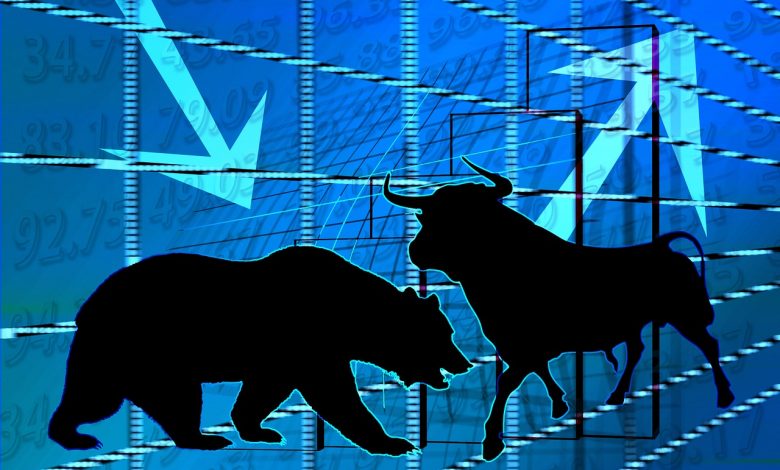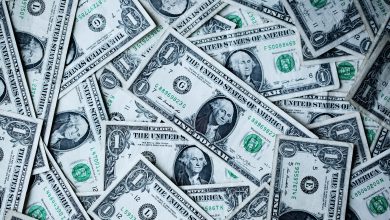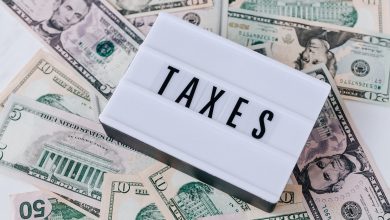History Rhymes: Market Crashes as Part of a Normal Market Cycle

The stock market is a constantly fluctuating representation of the hopes, dreams, and fears of investors throughout history. It’s also a representation of the bets they’ve placed on innovation and what they believe the success stories of the future to be. A monitor of investor sentiment in real-time, the stock market, like people, has not always accurately reflected the potential of the companies in whose businesses investors have placed their money. Hope, greed, and panic all drive market sentiment – and therefore, prices – as much as fundamentals, resulting often times in over-exuberance that has led to subsequent market crashes. Some say history repeats itself, others say it rhymes – though either way, history does definitively show a pattern of human behavior.
The Crash of ‘29
Everybody knows about the stock market crash of 1929. Known resoundingly throughout history as “Black Tuesday,” what many people don’t know is that, prior to that dark day, there had been a decade of rip-roaring economic prosperity in the United States. Industries like housing and automotive were booming, and everyday investors were encouraged to borrow significant sums of money to take part in – and, therefore, ensure that they wouldn’t miss out on – the ever-rising stock market. The Dow Jones Index increased by six times in the ten years prior to the day that would become known years later as Black Tuesday. In fact, the booming economy, along with low unemployment, even led economist Irving Fisher to conclude that it appeared that stocks had reached what he described as “a permanently high plateau.” However, underneath the surface, unemployment was slowly rising, and production had slowed. With agriculture in recession, the Federal Reserve raised interest rates by a single percent in August 1929. The market began to cool the following month, and declines accelerated in October. On Thursday, October 24th, investors traded a record number of shares. By Monday, the selling had reached a fever pitch, and on Tuesday – the day now engrained in history under its infamous name – the stock market lost almost 13 percent of its value in a single day. The recession that followed through the next 12 years – while not caused entirely by any single factor, yet largely influenced by the market crash – would be the worst economic downturn in the history of the United States and come to be known as the Great Depression.
1987’s Single-Day Drop
Gaining notoriety as the greatest single-day loss in financial history, the stock market crash of 1987 was a unique mixture of factors. Despite a slowing U.S. economy and rising geopolitical tensions taking center stage at the time, a new element had been added to the mix of stock trading. Computers had rather recently taken over the central role in brokering transactions, versus the centuries-old tradition of trading through human interaction that left the trading floor of the New York Stock Exchange famously littered with trading papers at the end of each and every day. When the selling began in Asia, London followed suit, and as computerized trading increased the speed and efficiency with which sellers could relieve their panic, losses upon losses mounted throughout the trading day. At the close of the market on October 19th, the Dow Jones Industrial Average was down 22.6 percent from the start of the day. While corporate debt and leveraged buyouts added fuel to the fire (and subsequent crash), the crash of 1987 did not result in recession. It did, however, prompt operators at the NYSE and other exchanges around the world to implement the use of circuit breakers in the future. Intended to halt trading in the event of a significant drop over too short a period of time, the circuit breakers would allow exchanges to give markets a “breather” to stem the flow of fear, offering a break to investors pressured to sell out of panic, as well as address any potential technical issues.
The Dot.com Bust
The 12 year bull run that followed the 1987 market crash gained steam as it continued upward. By the end of the decade, companies that would be the backbone of the “new economy” (founded by technology) were experiencing valuations that seemed to have no limit. Successful corporations, like Apple, Dell, and Cisco, flew skyhigh – along with names like Webvan, GeoCities and Globe that have since evaporated into oblivion. Assuming that every new company with a dot com suffix would rise to prominence, regular investors, along with venture capitalists, lost large sums of money. Brand new companies, brought to public markets via waves of initial public offerings (IPOs), blew through their offering prices on the first day, filling regular investors pockets with hope and leaving them empty months later when the untested, fledgling companies valuations suddenly came crashing back to reality. The Nasdaq, the new poster child index of success, had reached its peak on March 10th, 2000. After a few large players took profit at the top, jitters started to spread through the market. In a day, the Nasdaq lost ten percent. In the weeks that followed, the selling continued, with large amounts of value seeping out of the tech market in a matter of weeks. By a few months, companies that had been initially offered at millions of dollars were essentially worthless. Over the course of the next two years, investors lost around five trillion dollars, and Globe.com – the company that had rocked the market with its $28 million IPO and ultimate market capitalization (it’s total value of stock) of $842 million – was delisted from the Nasdaq.
The crash of 2008 – now known as the Great Recession, second only in magnitude to the Great Depression – has been extensively storied in the news media, examined by economists and experts, and laid bare in multiple Hollywood films. It’s origins were similar to many of the causes that led to past crashes. While details vary, the same qualities of over-exuberance, overconfidence, and the idea that the market will never revert to the mean remain constant. So too does the fact that, in many instances, everyday investors were last to the party and left holding the bag. While the market has an upward trajectory, as it has over the course of many decades so far, history shows that market cycles – including crashes that bring valuations sharply into relief – are another constant, inherent element of the human experiment that is investing.



